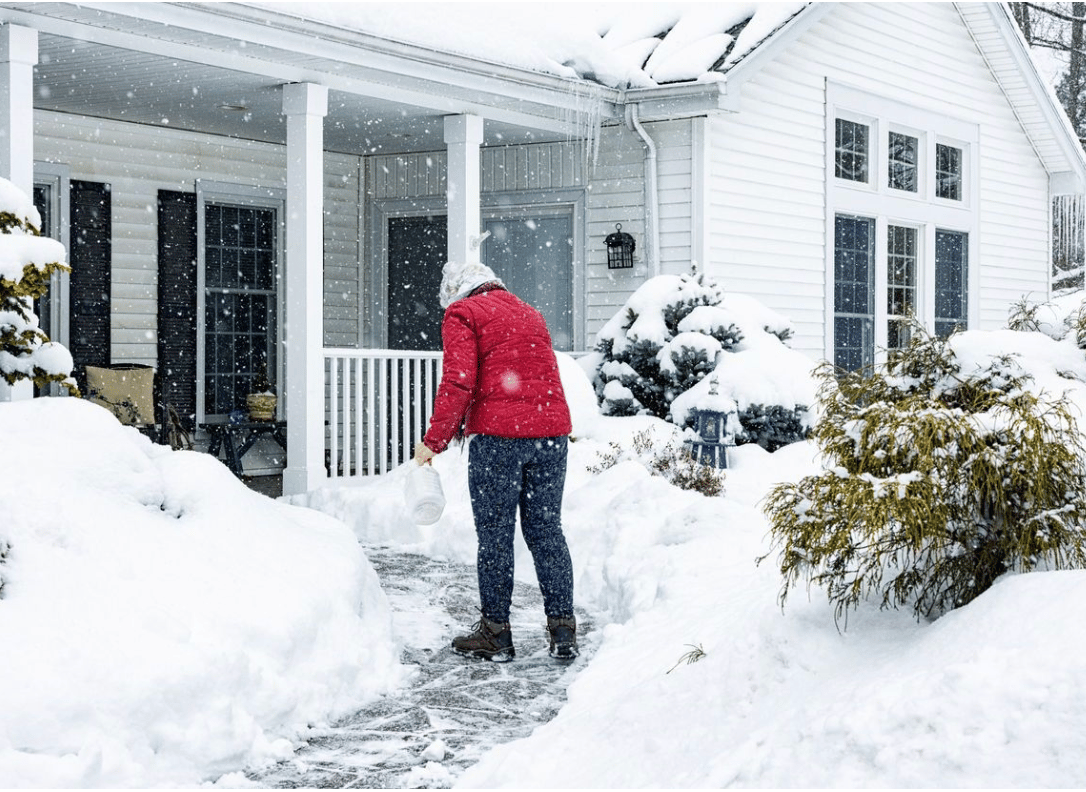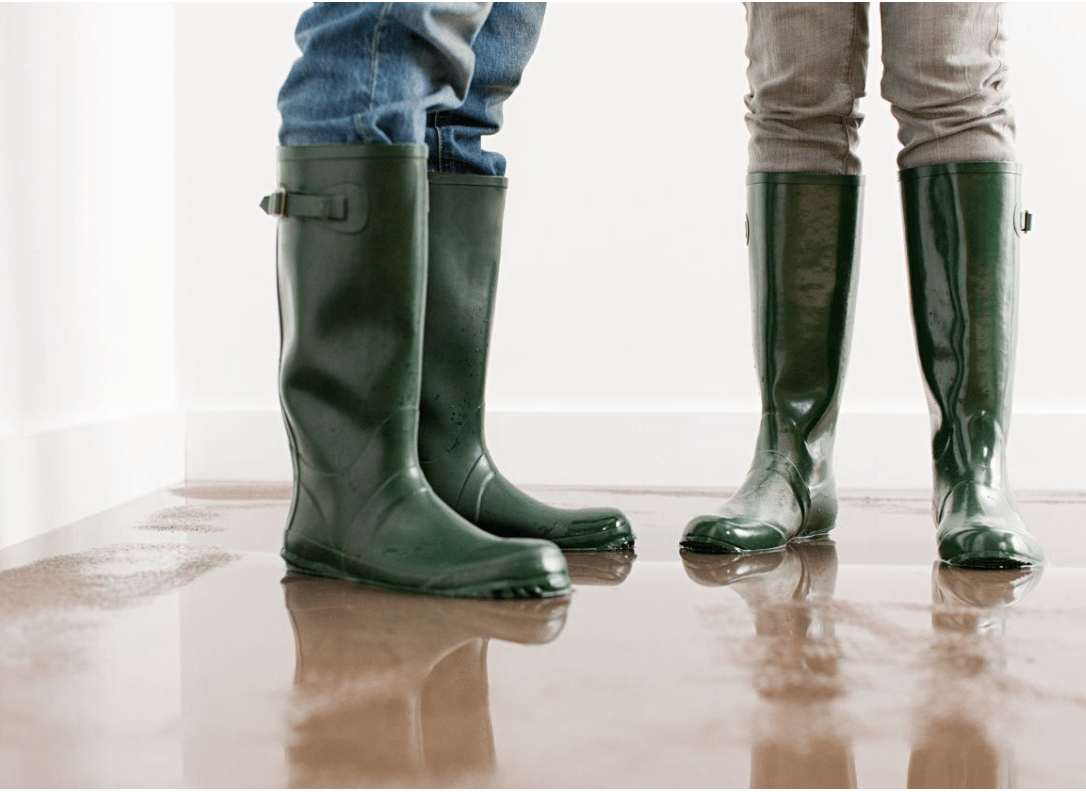


Floors ris updated February 1, 2025
Winter can be beautiful, but it also comes with its own set of challenges, especially when it comes to protecting your home. Sand, salt, and slush may be essential for navigating icy roads, but they can wreak havoc on your flooring if you don’t take the right precautions. Whether you have hardwood, carpet, or tile, winter debris can cause damage that’s both frustrating and costly to repair. Fortunately, with some preventive steps and regular upkeep, you can keep your floors looking pristine all season long.
At The Light Realty, we understand that your home is more than just a place—it’s an investment. In North Carolina and South Carolina, where winters can vary from mild to occasionally snowy, maintaining your floors is crucial. Here’s how to keep sand, salt, and slush from ruining your floors this winter and avoid unnecessary repair costs.
The winter elements—especially the materials used to keep roads safe—can cause a lot of damage to floors over time. Here’s how:
While it’s nearly impossible to keep every speck of sand, salt, or slush out of your home during the winter months, there are several proactive steps you can take to minimize the damage and make cleanup easier.
Prevention starts right at your doorstep. Place high-quality, durable doormats outside every exterior door to give everyone a chance to wipe their feet thoroughly before entering the home. An additional mat inside each door will provide extra protection. Not all dirt, sand, or salt will be removed after the first wipe, so a second mat will catch any debris that gets carried inside.
Make it a habit for family members and guests to remove their shoes or boots as soon as they come inside. Provide a chair or bench by the door to make it easier for people to take off their footwear. This reduces the amount of debris that gets carried further into the house.
Set up a shoe rack or cubby near the door to keep shoes organized and out of the way. For those with pets, this is a great spot to store their leashes and coats as well.
Slush and ice can quickly melt and create puddles that stain or damage your floors. Prevent this by laying a water-absorbent mat under your shoe rack. This will catch the water before it has a chance to seep into the floor and cause moisture damage.
If you have a dog or cat that goes outside during winter, they can unknowingly track sand, salt, and slush all over your floors. Teach your pet to sit and allow you to wipe their paws when they come inside. Be patient during the training process and offer treats and praise to reinforce positive behavior.
Even if you do everything possible to prevent sand, salt, and slush from entering your home, some debris will still get inside. Regular cleaning is key to keeping your floors protected. Here’s what you can do:
When cleaning floors, always use products specifically designed for the type of flooring you have. For example, wood floor cleaner is different from what you’d use on tile or carpet. Always read labels and follow directions to ensure you don’t unintentionally cause damage to your flooring.
Keeping sand, salt, and slush from ruining your floors is all about prevention and maintenance. By incorporating simple practices like using doormats, removing shoes, and wiping down pets, you can reduce the risk of damage. Regular cleaning and using the right products can help keep your floors in great shape, even during the harshest winter months.
If you’re looking for more tips on home maintenance or need assistance with real estate in North Carolina and South Carolina, reach out to The Light Realty. We’re here to help you protect your investment and keep your home in great condition, no matter the season.
Stay up to date on the latest real estate trends.



Greenville
Discover the Best Neighborhoods, Lifestyle Perks & Economic Growth Driving Greenville’s Rising Demand

Hendersonville
⭐ Why Hendersonville Is One of Western NC’s Most Desirable Luxury Markets

Asheville
⭐ Why Asheville Is One of the Most Sought-After Luxury Markets in the Southeast


Flooding
Stay Safe and Secure: Essential Flooding Steps for Homeowners in North and South Carolina


DRIVEWY
Learn how adding a circular driveway can enhance your home’s curb appeal, improve parking, and elevate its value.